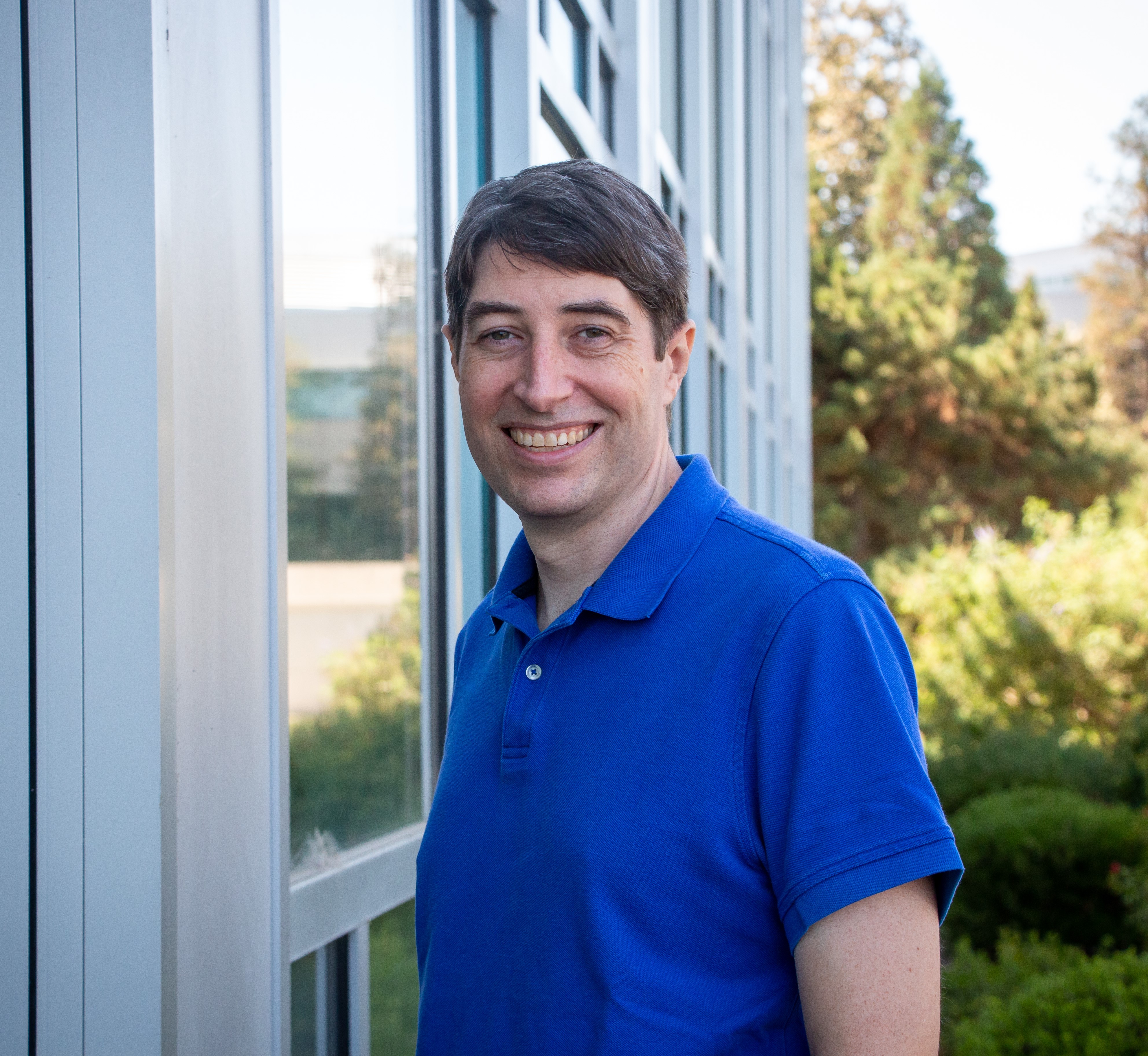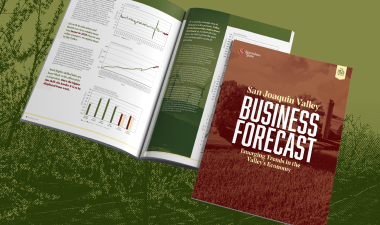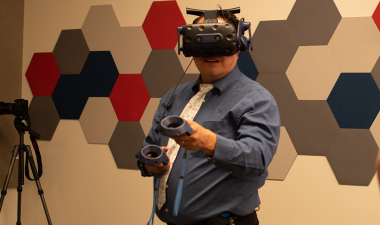
Stanislaus State Assistant Professor of Physics Brian Morsony is one of eight scientists receiving the 2022 Aspen Institute Italia Award for a research paper detailing their work proving a long-standing astrophysical hypothesis: that the massive high-energy explosions astronomers sometimes observe — known as gamma-ray bursts — are caused by two neutron stars colliding and merging.
“We’ve been seeing gamma-ray bursts since the 1960s, and we didn’t actually know where they were coming from. So, it’s nice to know the origins of these things,” said Morsony, who has been teaching at Stan State since fall 2018. “In the future, it helps with testing other areas of physics. We can learn more about these events and use the information for testing general relativity or cosmology, like testing how fast the universe is expanding, or how fast it has expanded in the past.”
Made up of researchers from Italy and the United States, the team’s paper was published in Physical Review Letters in 2018 while Morsony was a post-doctoral researcher in the Department of Astronomy at the University of Maryland.
The award is given annually for collaboration and scientific research between Italy and the United States. It will be presented in Rome on Tuesday, Sept. 20. Morsony plans to participate in the ceremony remotely from Turlock.
The paper is titled “Late Time Afterglow Observations Reveal a Collimated Relativistic Jet in the Ejecta of the Binary Neutron Star Merger GW170817.” It covers five months of intense analysis and modeling using data collected by the Laser Interferometer Gravitational-Wave Observatory (LIGO) in Louisiana and the Virgo interferometer in Italy in 2017 when the two facilities made history with the world’s first detection of the gravitational wave signal produced by the collision and merger of two neutron stars.
The data from LIGO and Virgo proved to be the keys to Morsony and his team finally solving the mystery of gamma-ray bursts.
“We showed that yes, this was a gamma-ray burst and that the neutron star merger really did make the gamma-ray burst,” Morsony said. “We confirmed that is what happened.”
Morsony said researchers collected “great data” on the star collision in part because it happened in a galaxy located about 130 million light-years from Earth, which he called “very close, as these things go.”
The event was also observed in different frequency bands of the electromagnetic spectrum. According to the Aspen Institute Italia, it marked the beginning of the era of “multi-messenger” astrophysics, based on the combination of gravitational waves and electromagnetic signals: a novel field of investigation that holds great potential in the coming years.
Morsony noted that the gamma-ray burst was observed by thousands of astronomers internationally when it happened, which helped to verify it. He also said other scientists were able to use data collected from the same event to test and prove another long-held belief: that gravity travels at the speed of light.
“We totally expected that was the case, but we didn’t have a way to test for it,” he said. “But with this event, we could test it because we got the gravitational waves signal.”
The Aspen Institute Italia is a private, independent, international, nonpartisan and nonprofit association that encourages a free exchange of opinions about knowledge, information and values. Its mission is to internationalize Italy's entrepreneurial, political and cultural leadership, as well as to promote the free exchange of ideas and beliefs, in a search for common values, knowledge and interests.


